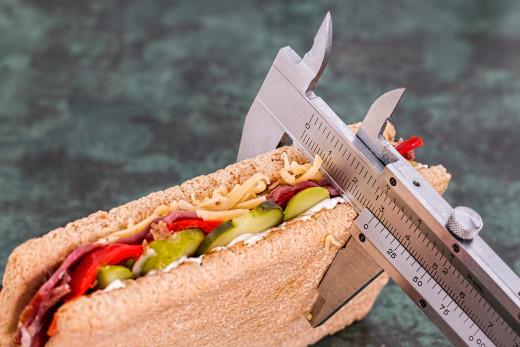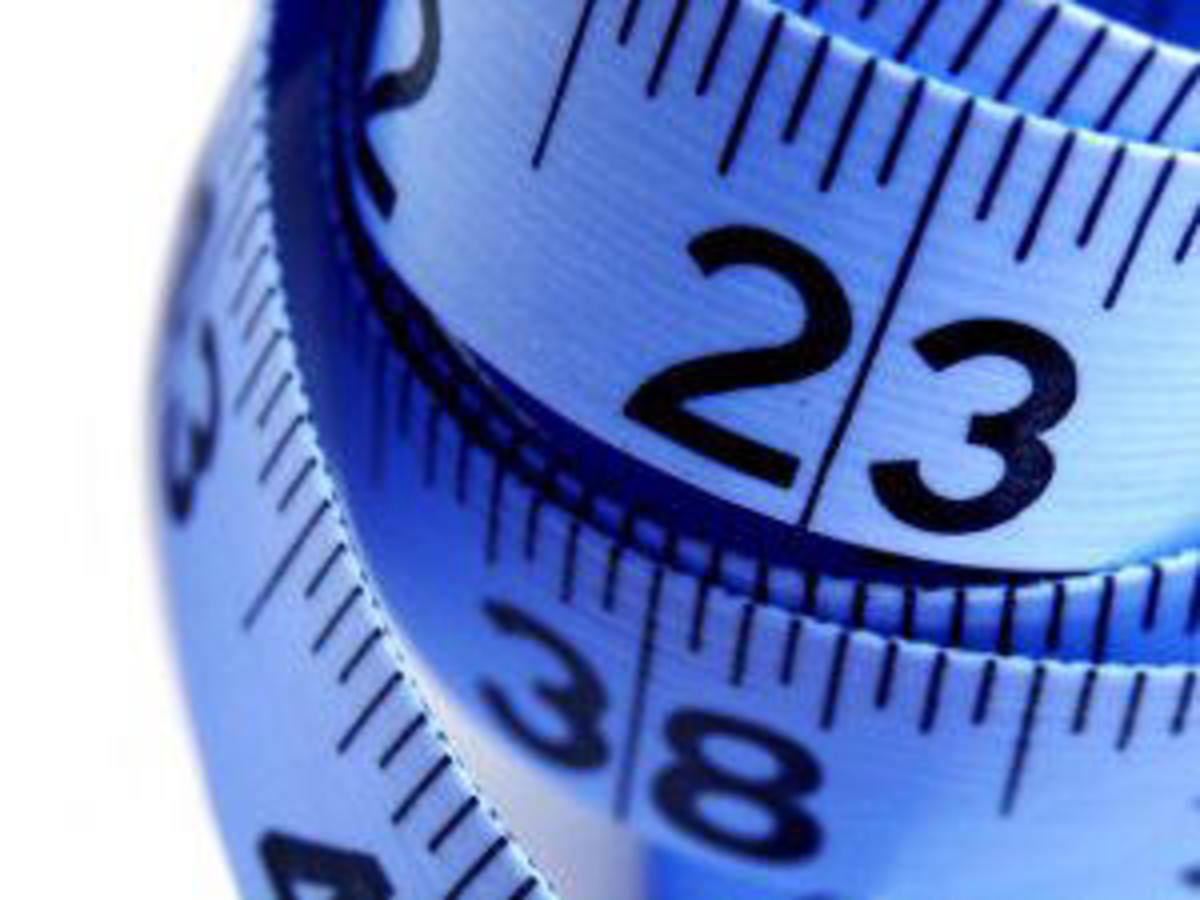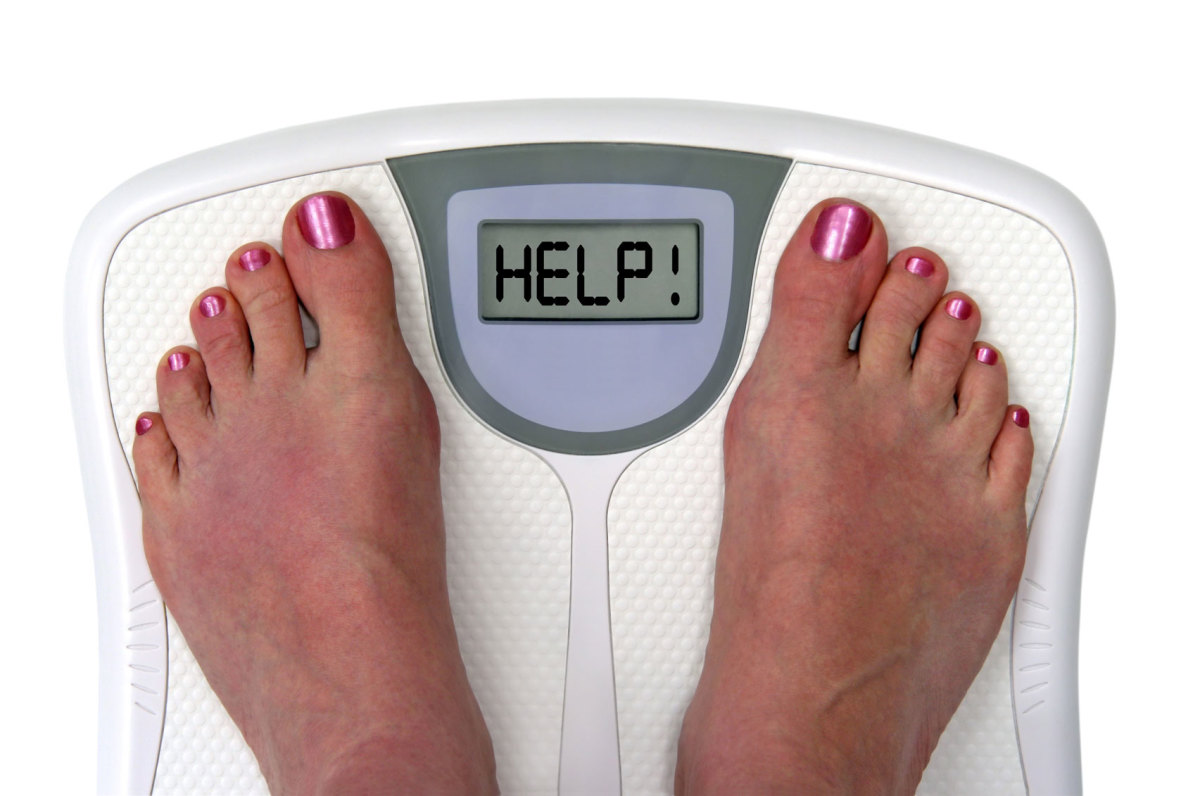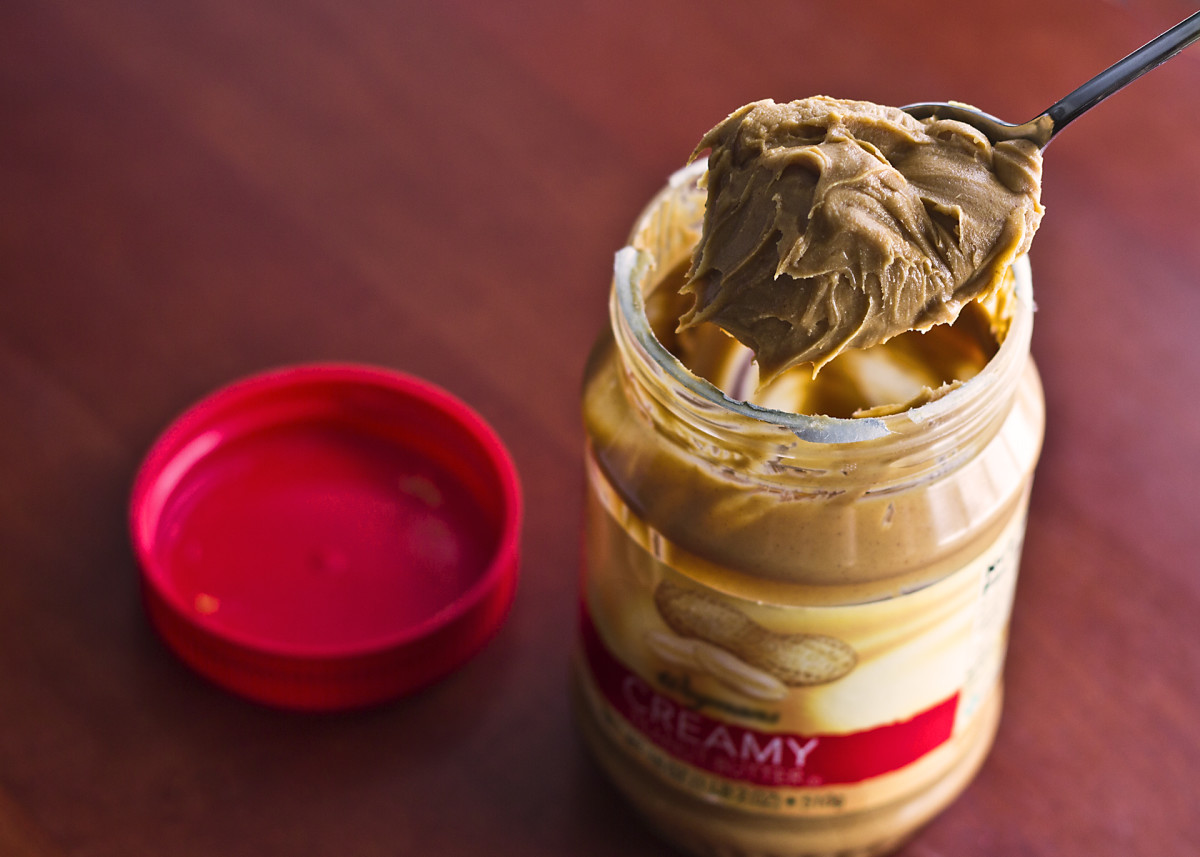7 Hottest Weight Loss Diets Trends for 2020

1) Mediterranean Diet
The Mediterranean-style diets include healthy fats, such as avocados, olive oil, nuts, and fish, at least twice a week, a lot of beans, fruit, leafy greens, and whole grains and even an occasional glass of red wine, focused on Greece, Italy, Spain, and Portugal's heart-healthy lifestyle. Cheese can be consumed moderately but red meat may be limited to one or two days a week.
How it works for weight loss: Although its main health benefits are multiple it can decrease the risk of chronic and neurological diseases it can also lead to weight loss if the intake of calories is reduced to 1,500 a day or less. Studies have found that a conventional Mediterranean diet or a low-carb version of it can lead to a loss of weight over 12 months of approximately 5-10 percent of body weight. "It's easy to maintain this diet because it's good," says Amanda Beaver, R.D., a Houston Methodist dietitian.
2) DASH Diet
The DASH diet was meant as a means of helping to regulate people's blood pressure without using medications, although several books have used it to form the basis of a weight loss diet. DASH emphasizes fruits, vegetables, whole grains, and low-fat or non-fat milk, as well as reducing saturated fat and dietary cholesterol.
How does it work for weight loss? This diet will definitely improve your health, and you can lose height and decrease blood pressure if you limit calories when following DASH's heart health guidelines. "Meridan Zerner, R.D., a dietitian at Cooper Clinic in Dallas says" DASH's one of my favorite diets. "There are anti-inflammatory, high fiber, cardiovascular benefits and you can lose your weight completely by using a customized, calorie-limited scheme."
3) WW Freestyle (formerly Weight Watchers)
This diet service is formerly known as Weight Watchers. Your grandma probably did it when she tried to remove baby weight. You can eat what you want within this range of products in WW Freestyle, the latest version (feeding is focused on calories, saturated fat, sugar, and protein). Many fruits and veggies and lean proteins are 0 points (for example fish, tofu, beans, eggs, and chicken breast). Membership starts at $3 per week for an app and digital assistants for point tracking; $8.65 a week allows you unlimited access to the meetings and a personal coach.
How it works for weight loss: Evidence has repeatedly shown that WW can safely remove pounds. A survey conducted in 2013 showed that dietitians allocated to WW are more than eight times as likely to lose 10% of body weight in 6 months as dietitians alone. "There is plenty that a Tracking App can help you to lose weight," when you stop tracking each meal, weight loss is simple when the healthy foods which are small or 0 percentage points are internalized.
4) Vegan Diet
Vegan shun all animal products, including dairy milk, eggs, and honey, a step further than a conventional vegetarian diet. Although several people choose this way of life for reasons of ethics or the environment, several people often opt for a vegan diet for weight loss. And with the new era of vegetarian foods, it's simpler than ever to go vegan.
How it works to lose weight: being vegan will not help you lose weight. Sweets, pasta and potato chips can all be branded under vegan without being particularly healthy or low-calorie. "You will lose more than vegetarians or omnivores if you eat high-quality vegan products such as leafy greens and plant-originated proteins," said Dr. Beaver; studies confirm that plants have a lesser average BMI than animal products.
5) Flexitarian Diet
The Flexitarian Diet takes a step back from the vegan diet, as Dawn Jackson Blatner, RD, a food scientist and founder of the Flexitarian Diet explains. This is a highly plant-friendly diet, but it gives you the freedom to have a hot dog or a turkey at Thanksgiving,' she said. While Blatner's book presents a five-week scheme that offers approximately 1500 calories a day, there's no calorie cap.
How it works for weight loss: you can lose weight and improve health by filling your plate with more vegetables, berries, whole grains, and plant protein, along with the lower-cal strategy. The recent review reveals that people adopting a flexitarian diet have lower levels of BMI and metabolic syndrome than individuals who have eaten meat regularly.
6) Intermittent Fasting
Many people eat whatever they want, five days a week and follow a very low-calorie diet (generally around 500 calories) the next two days, while others limit their food to an 8-hour period each day. Say, eat food from 8 a.m. to 4 p.m and the remainder of 16 hours of fasting.
How it works for weight loss: You are going to take the pounds away by reducing the overall calorie intake, says Zerner, pointing out that there is some evidence that this diet can also improve your metabolic rate and have other positive health effects. In a meta-study from 2015, individuals who had been fasting intermittently lost about the same weight as those who had a calorie-restricted diet daily.
7) Volumetrics Diet
Consistently listed as one of the best US diets. Barbara Rolls, Ph.D., a professor of nutrition at Penn State University, created News & World Report, Volumetrics. The approach here is simple: Fill in foods for the least amount of calories that provide the most nutrients. Foods are classified into four groups, ranging from the least energy-dense (fruits, non-starchy vegetables, broth-based soups) to the most energy-dense (crackers, cookies, candy, nuts, and butter); dietitians are preparing their menus to include as many of the foods as possible.
How it works for weight loss: here the math is simple — the fewer calories you are eating, the more weight you are going to drop. A 2016 study found a strong correlation between diets with low energy density and weight loss.








